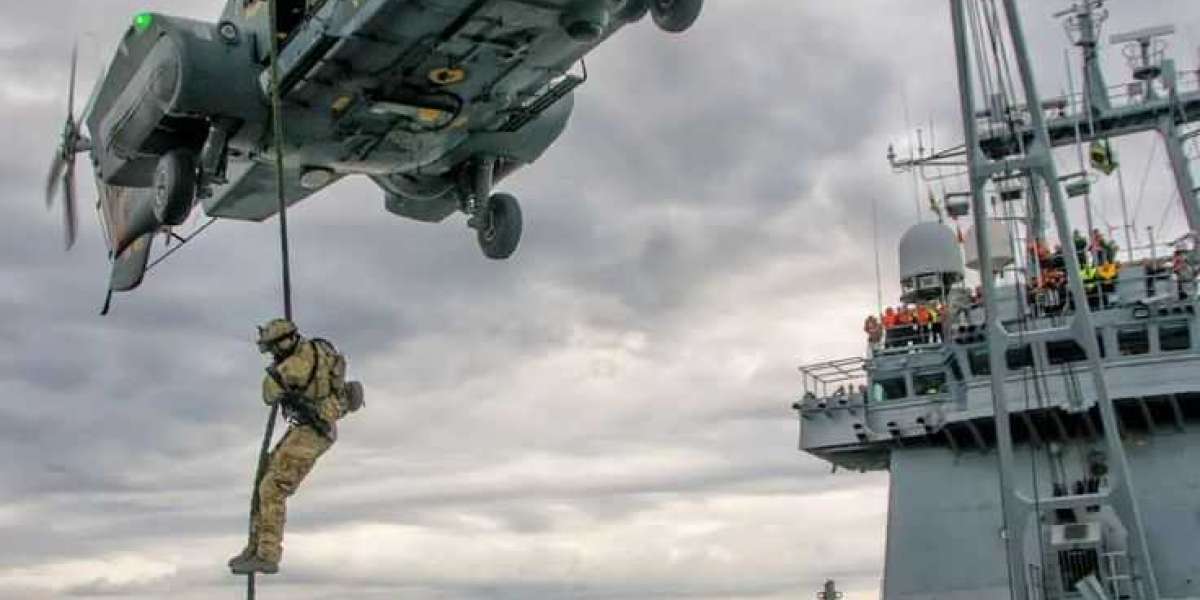In the ever-changing landscape of global security, the US Department of Defense (DoD) plays a pivotal role in shaping not just America’s defense posture but also the balance of power worldwide. The recent Pentagon moves underscore a deliberate shift toward modernization, resilience, and preparedness for emerging threats. These actions are not isolated updates they reflect a comprehensive realignment of priorities that will influence international relations, technological advancements, and military readiness for years to come.
1. Strengthening Indo-Pacific Engagement
One of the standout Pentagon initiatives in recent months has been the strengthening of military partnerships in the Indo-Pacific region. As geopolitical competition intensifies, particularly with the rise of China, the US has ramped up joint exercises, intelligence-sharing agreements, and naval deployments with allies such as Japan, Australia, and the Philippines. This forward-leaning strategy is designed to ensure freedom of navigation, protect trade routes, and maintain a balance of power in contested waters like the South China Sea.
The Pentagon’s moves here highlight a broader vision: deterrence through presence and partnership. By enhancing regional cooperation, the DoD is positioning the US not merely as a military power but as a reliable partner committed to shared security goals.
2. Investing in Cyber and AI Capabilities
The digital battlefield is no less critical than the physical one. Recognizing this, the Pentagon has accelerated investments in cybersecurity, artificial intelligence (AI), and machine learning systems. Recent initiatives include creating specialized task forces to safeguard military networks from cyber intrusions and advancing AI-driven tools for battlefield decision-making.
This move acknowledges the new reality: wars of the future will not just be fought with aircraft carriers or tanks but with algorithms and code. By prioritizing AI and cybersecurity, the Department of Defense is working to outpace adversaries who are equally racing to dominate this invisible but highly consequential domain.
3. Modernizing the Nuclear Arsenal
Another critical focus of the Pentagon’s recent activities has been the modernization of America’s nuclear deterrent. With aging systems nearing obsolescence, the DoD has committed billions of dollars toward upgrading missile silos, submarines, and bomber fleets. This modernization effort is not merely about maintaining weapons but about ensuring credible deterrence in a multipolar nuclear environment where both Russia and China are modernizing their own arsenals.
The Pentagon’s balancing act here lies in advancing these upgrades while simultaneously advocating for arms control and stability. It’s a delicate but necessary path—showing strength while leaving the door open for diplomacy.
4. Expanding Space Command Operations
Space is increasingly recognized as the next frontier of defense. The Pentagon’s recent moves involve bolstering US Space Command capabilities, expanding satellite constellations, and developing defensive measures against anti-satellite weapons. The rationale is clear: in a world where communication, navigation, and surveillance rely heavily on satellites, space security equals national security.
By taking decisive steps in this domain, the Pentagon is preparing for a future where dominance in space may determine superiority on Earth.
5. Enhancing Military Resilience and Readiness
Recent Pentagon directives also emphasize the importance of resilience—both for service members and for the defense infrastructure. This includes new mental health initiatives, improved housing for military families, and supply chain security to prevent disruptions in critical defense materials.
These “human-first” and “infrastructure-secure” measures show that the DoD understands strength is not only about weapons but also about the people and systems supporting them. A well-supported, resilient force is a more effective one.
6. A Renewed Emphasis on NATO and Global Alliances
Beyond the Indo-Pacific, the Pentagon has reaffirmed its commitment to NATO and European security. This has included expanded rotational deployments in Eastern Europe, new joint training programs, and enhanced logistical support for allies. With the continuing tensions in Eastern Europe, the Pentagon’s strategy demonstrates a proactive stance: ensuring collective defense remains robust against any threat.
7. Sustainability and Climate-Readiness
One of the more underappreciated but crucial Pentagon moves is the integration of climate resilience into defense planning. Rising sea levels threaten naval bases, while extreme weather events can disrupt readiness. To address this, the DoD has launched green energy projects, invested in climate-resistant infrastructure, and adapted operational plans to account for environmental changes.
This signals a forward-thinking Pentagon, aware that climate change is not only an environmental issue but also a national security concern.
The Bigger Picture
The US Department of Defense’s recent Pentagon moves reveal a story of adaptation and foresight. From modernizing nuclear capabilities to championing AI-driven warfare, from revitalizing alliances to preparing for climate risks, these shifts reflect a holistic strategy for an unpredictable world.
At its core, the Pentagon is not simply reacting to current threats but positioning itself for the challenges of tomorrow. The Department of Defense is weaving together technology, diplomacy, resilience, and global partnerships into a cohesive framework that keeps America’s defense posture strong and credible.
As these moves unfold, one thing is clear: the Pentagon’s decisions today will shape the security environment of the next decade.








